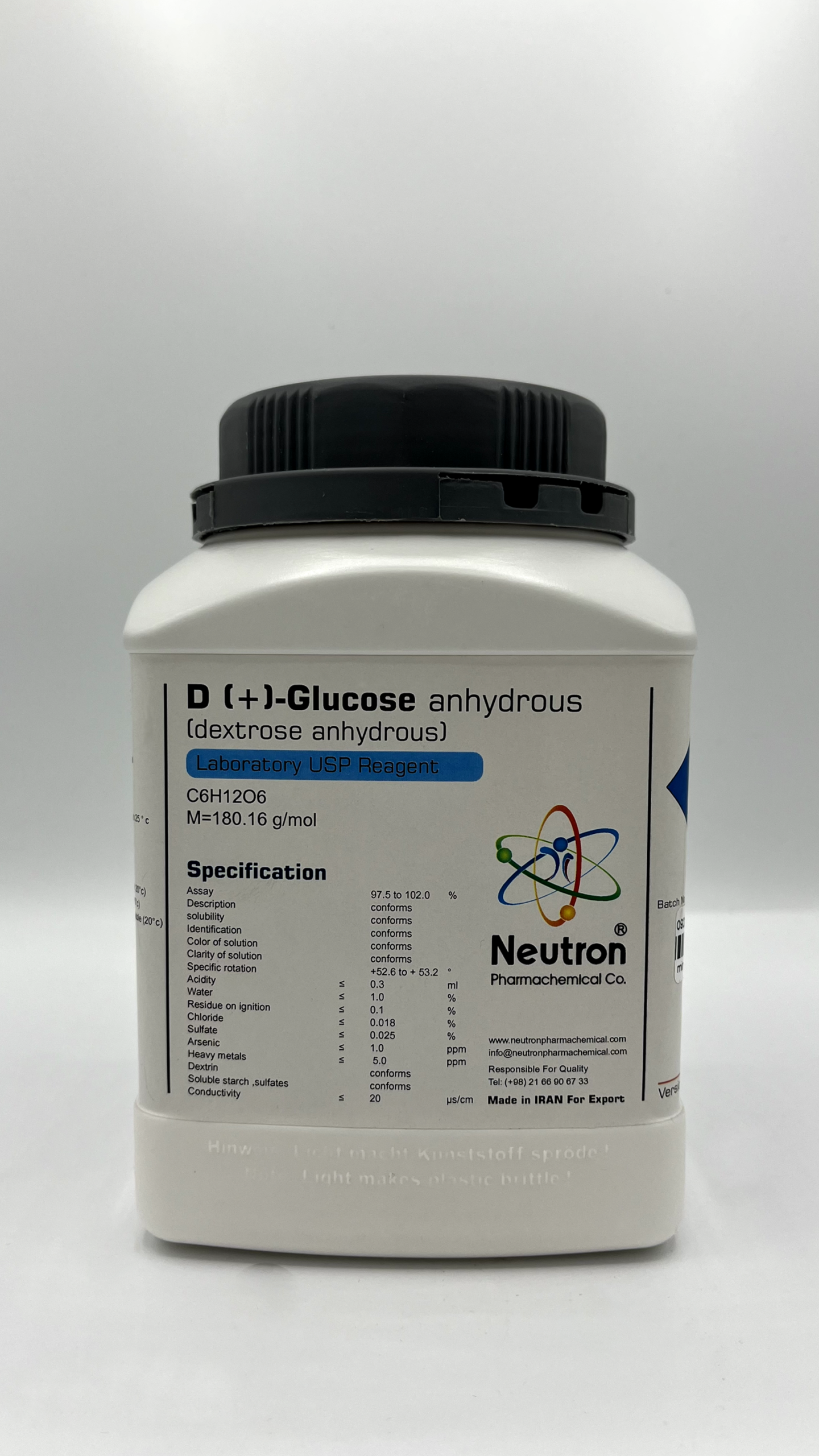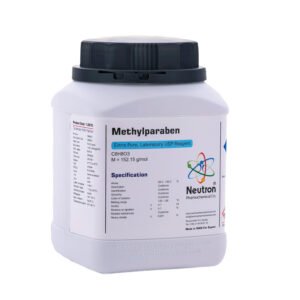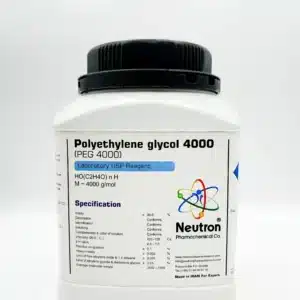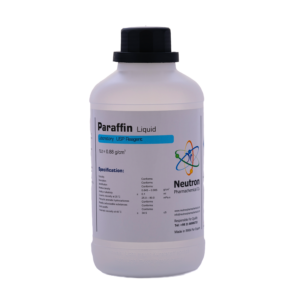Glucose anhydrous is a purified, crystalline form of glucose that does not contain water (anhydrous). It is a simple sugar and an essential energy source for biological cells. Unlike glucose monohydrate, the anhydrous form is free-flowing and more concentrated, making it suitable for pharmaceutical and industrial use.
🏭⚗️ Production
Glucose anhydrous is typically produced by enzymatic hydrolysis of starch (usually from corn or wheat) to yield glucose syrup. This syrup is then purified, crystallized, and dried under controlled conditions to remove all water content, resulting in anhydrous glucose crystals.
🧪 Applications
Glucose anhydrous is used in a wide range of industries:
• Pharmaceuticals: As a filler or energy source in tablets, oral rehydration salts, and injections.
• Food Industry: As a sweetener and fermentation substrate.
• Medical use: In intravenous glucose solutions for energy supply and hydration.
• Biotechnology: As a carbon source in microbial culture media.
⚠️Safety
Glucose anhydrous is generally recognized as safe (GRAS) when used appropriately. However, excessive intake may affect blood sugar levels and should be monitored in diabetic patients. It should be stored in a dry environment to prevent moisture absorption.





